Top 10 Poisonous Plants for Pets
Every pet owner wants the best for their furry companions, ensuring they have a happy, healthy, and safe environment to thrive in. Yet, what many might not realize is that the very gardens, homes, and public spaces they frequent can house silent dangers in the form of toxic plants.
Just as certain foods that humans consume with no issue can be deadly to pets, many plants that add beauty and charm to our surroundings can pose significant threats to the well-being of our dogs and cats.
Understanding the importance of toxic plants for dogs and cats is not just a matter of expanding one's botanical knowledge but a critical responsibility for pet guardians. Both dogs and cats, driven by their natural instincts and curiosities, often explore the world through taste, nibbling on a variety of things they encounter.
Such behaviors can lead to grave consequences if those plants have toxic properties. Recognizing and avoiding these plants can be the difference between a simple outdoor adventure and a life-threatening emergency.
Some people can predict the future.
For everyone else, there's pet insurance.
Looking to save on vet bills? See which pet insurance is right for you.
Instant results. 1M+ pet parents served.
⭐⭐⭐⭐⭐ 4.9 stars across hundreds of reviews.
1. Rhododendron (Azalea)
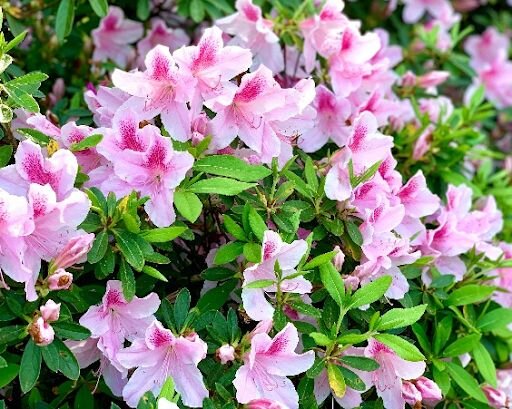
Rhododendrons are a popular plant for landscaping. All parts of the plant are considered toxic. It is important to keep these plants out of pet areas. Always clean up clippings before a pet has access to them.
- Symptoms: Vomiting, diarrhea, drooling, lethargy, depression, potential coma, or death.
- Why it's toxic: Contains grayanotoxins which affect the nervous system.
2. Sago Palm
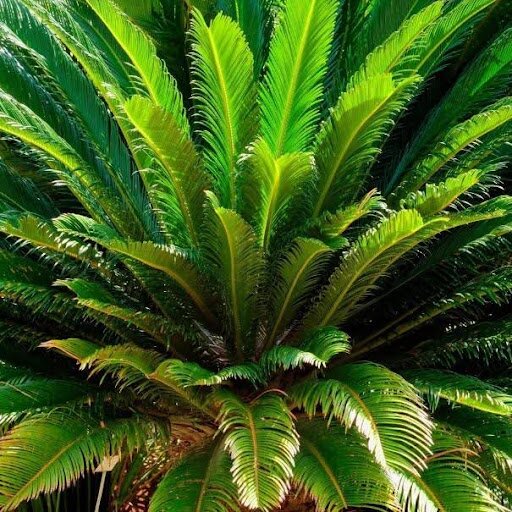
The Sago Palm is native to the Southeastern US and Hawaii, and most pet toxicities are localized to these areas. It is recommended that sago palms not be used as indoor potted plants in homes with pets. Dogs are the only species suspected to be sensitive to this toxic plant.
- Symptoms: Vomiting, diarrhea, seizures, liver failure, death.
- Why it's toxic: Contains a toxin called cycasin. The seeds contain the highest concentration.
3. Tulips
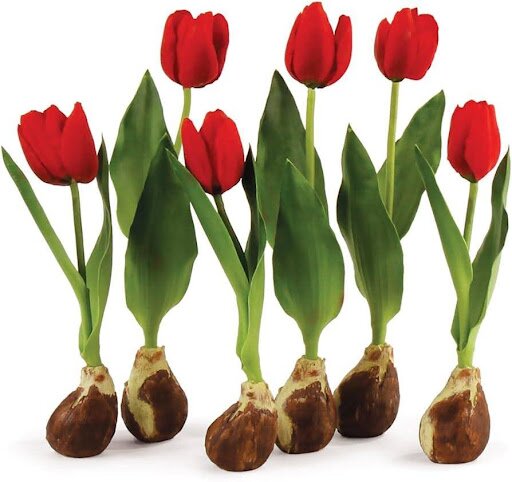
The tulip is a common flowering bulb predominately found in many parts of the US. All parts of the plant will cause irritation. The most serious incidents occur when pets dig up and ingest freshly buried bulbs, since they contain the highest amount of toxin.
- Symptoms: Vomiting, depression, diarrhea, hypersalivation.
- Why it's toxic: The tulip bulb contains the highest concentration of toxins.
4. Oleander
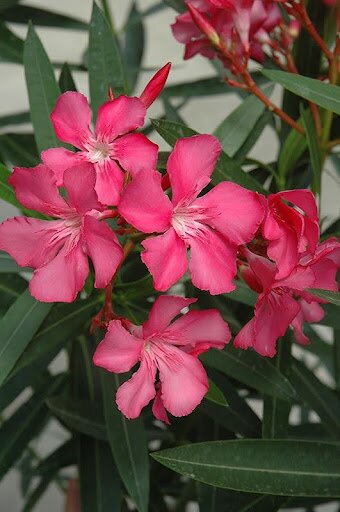
A widely used landscape plant in warmer climates, oleander is grown for its carefree habit and attractive star-shaped flowers that bloom nearly year-round. Because of its beauty and tough nature, this evergreen shrub is commonly seen along highway medians and in public landscapes in places like California, Florida, and Texas.
- Symptoms: Vomiting, diarrhea, decreased heart rate, death.
- Why it's toxic: Contains cardiac glycosides that affect the heart.
5. Lily of the Valley
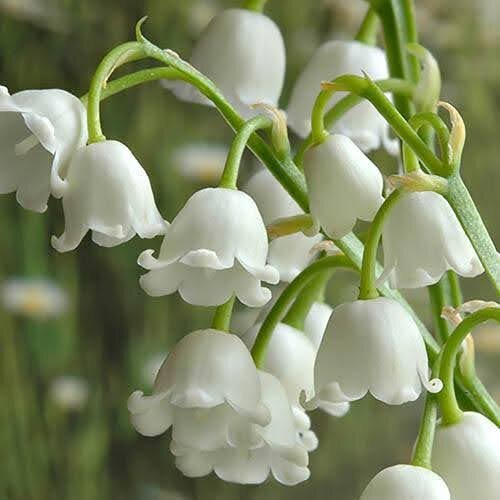
Lily of the Valley is commonly seen in gardens with its small, white, bell-shaped flowers. Also known as May bells and Our Lady’s Tears, these charming herbaceous perennials may seem quite harmless. Unfortunately, this makes them an alluring trap for curious children and dogs alike. Lily of the valley vase water is also poisonous.
- Symptoms: Vomiting, diarrhea, slowed heart rate, seizures, death.
- Why it's toxic: Contains cardiac glycosides that affect the heart.
6 & 7. Philodendron and Dieffenbachia
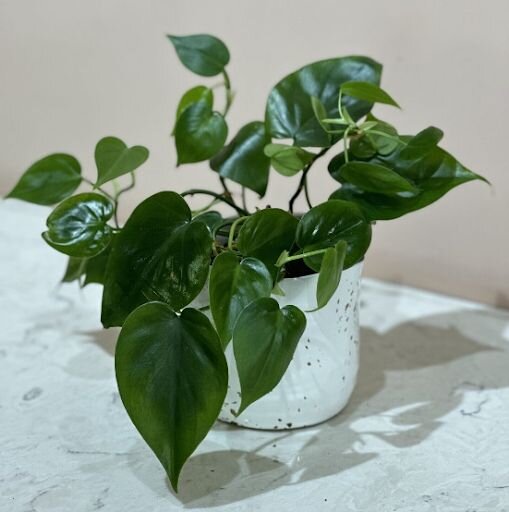
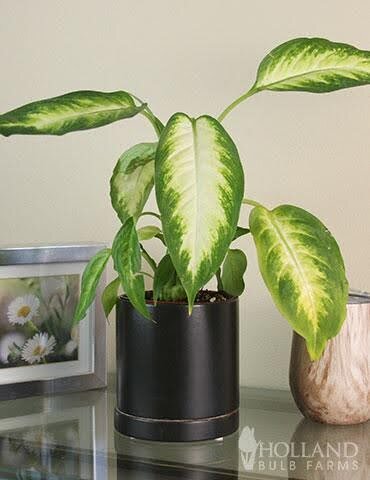
With recreational use of marijuana being widespread in the United States, marijuana toxicity has dramatically been on the rise with our pets. This situation has considerable consequences for our pets as ingestion or inhalation of marijuana can be toxic. Dogs are most often affected but cats may be susceptible as well.
- Symptoms: Prolonged depression, vomiting, incoordination, sleepiness, hypersalivation, dilated pupils, low blood pressure, low body temperature, seizure, coma.
- Why it's toxic: Contains THC, which affects the nervous system.
8. Marijuana
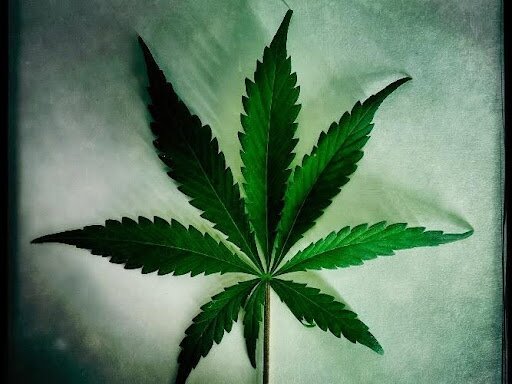
With recreational use of marijuana being widespread in the United States, marijuana toxicity has dramatically been on the rise with our pets. This situation has considerable consequences for our pets as ingestion or inhalation of marijuana can be toxic. Dogs are most often affected but cats may be susceptible as well.
- Symptoms: Prolonged depression, vomiting, incoordination, sleepiness, hypersalivation, dilated pupils, low blood pressure, low body temperature, seizure, coma.
- Why it's toxic: Contains THC, which affects the nervous system.
9. Poinsettias
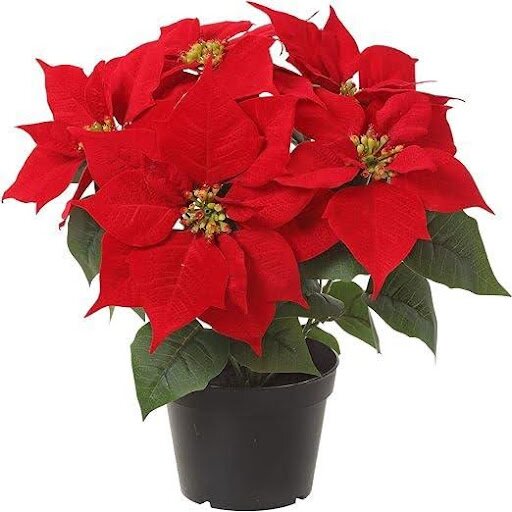
Poinsettias are a popular Christmas plant during the holidays. Though they have a bad rap, poinsettia plants are only mildly toxic to cats and dogs.
- Symptoms: Mildly irritating to the mouth and stomach, sometimes causing vomiting.
- Why it's toxic: Although often thought to be highly toxic, they are relatively mild in toxicity.
10. Foxglove
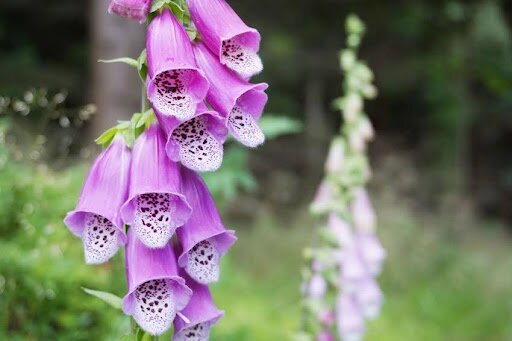
Foxglove is an attractive plant that grows throughout the United States. It grows in the wild and is cultivated in private gardens for its beauty. Its bell-shaped flowers are usually bright purple but can sometimes be white, cream yellow, pink, or rose and generally bloom in the spring. The human cardiac medication digoxin was derived from the foxglove plant but is not used as widely anymore.
- Symptoms: Drooling, nausea, vomiting, abnormal heart rate, cardiac arrhythmias, seizures, death.
- Why it's toxic: Contains cardiac glycosides which affect the heart.
What to Do if Your Pet Consumes a Poisonous Plant
If you suspect your pet has ingested any of these plants or some other toxic material, contact a veterinarian immediately. If you’re not sure, call the Animal Poison Control Hotline. Acting expediently could mean the difference between life and death for your pet.
Always keep a watchful eye on your pets and their surroundings, ensuring that your home is safe and free from these potentially harmful plants
Some people can predict the future.
For everyone else, there's pet insurance.
Looking to save on vet bills? See which pet insurance is right for you.
Instant results. 1M+ pet parents served.
⭐⭐⭐⭐⭐ 4.9 stars across hundreds of reviews.
Do you want to find the best pet insurance?
Let's analyze your pet's breed, age, and location to find the right coverage and the best savings. Ready?
Analyze My PetAbout Pawlicy Advisor
The pet insurance marketplace endorsed by veterinarians, at Pawlicy Advisor we make buying the best pet insurance easier. By comparing personalized coverage and pricing differences we can save you a ton of money, up to 83% in some instances!
Instantly Compare Pet Insurance Plans
Guides
Determine If Pet Insurance Is Worth It
Comparison Charts
Find Your State
Dog Insurance
DVM
Adam Thompson, DVM, is a small animal veterinarian at a private practice in north Alabama. He enjoys educating pet owners and providing them with the best care possible for their pets. He has a passionate interest in nutrition, dentistry, dermatology, and preventative medicine. Dr. Thompson is married to his wife (also a veterinarian), and they have two children. They also have a Boston Terrier mix named Newman.
